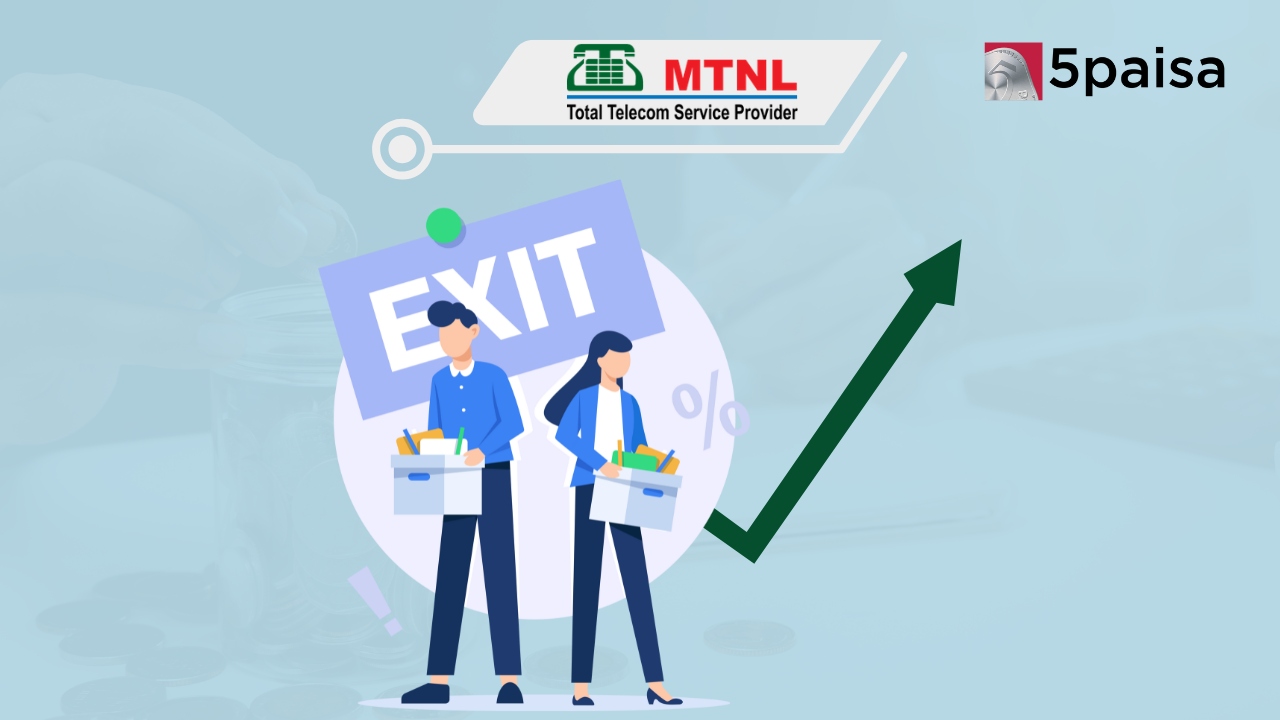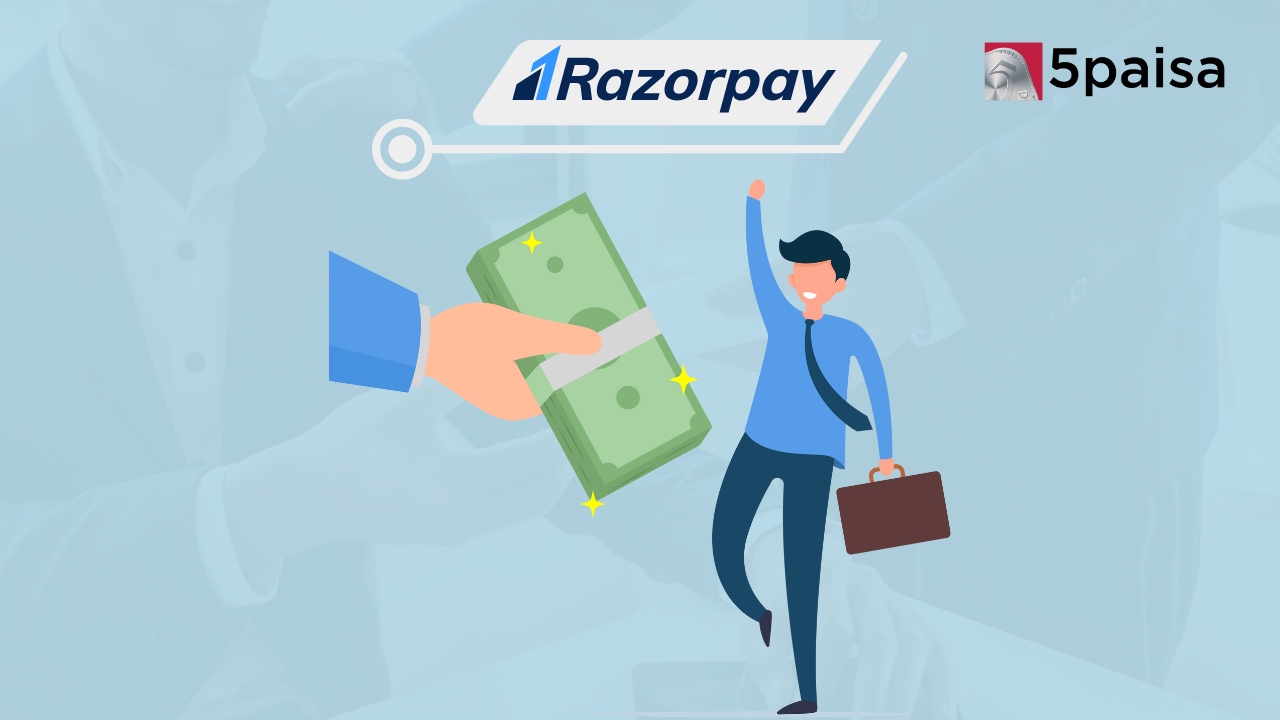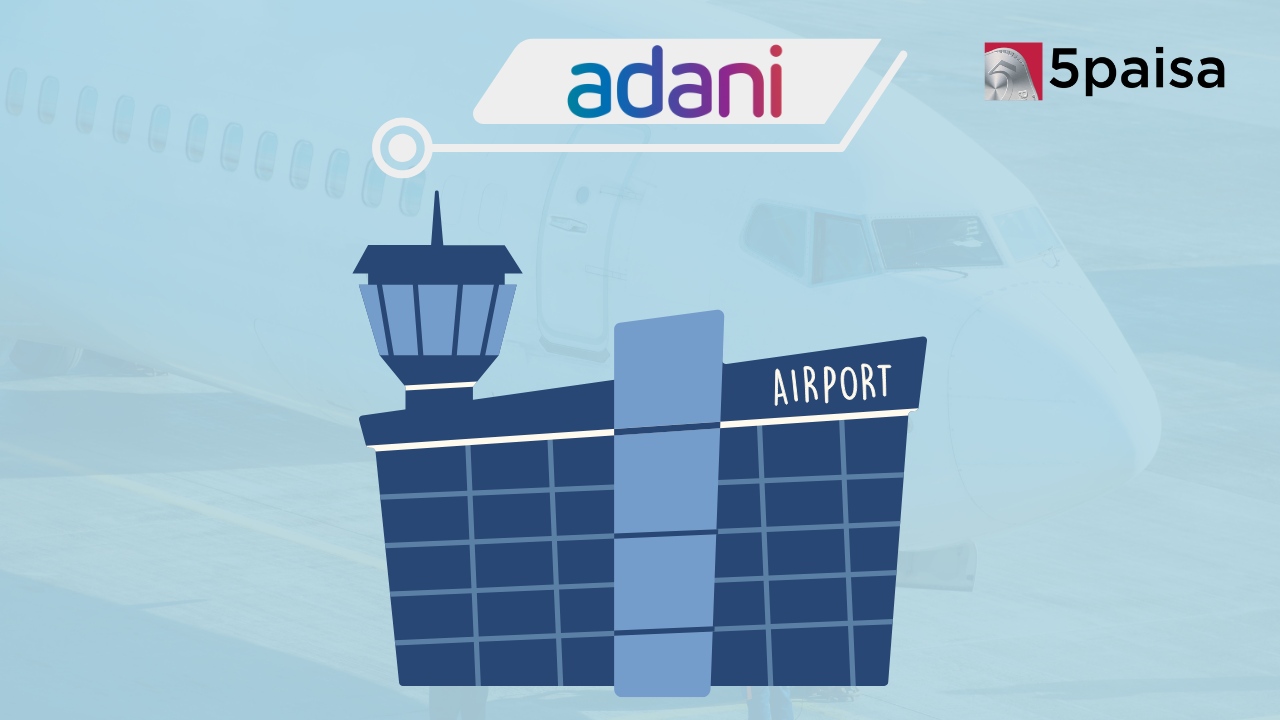TVS Motor Acquires Majority Stake in DriveX, Strengthens Pre-Owned Market
S&P Global joins Fitch in Adani leverage warning

Last Updated: 16th December 2022 - 04:36 am
Just a couple of days after a unit of Fitch issued a cautionary note on the Adani group due to their high levels of debt, S&P Global has also followed suit. Like in the case of Fitch, S&P Global has also highlighted glaringly high levels of leverage in the Adani group, mainly to fund takeovers and inorganic growth stories. The Adani group currently has outstanding debt of Rs2.20 trillion. S&P has pointed out that, despite solid fundamentals, they were worried about the pressure that a debt funded expansion spree could impact ratings.
S&P has been quick to add that the core business of the group remains robust. For instance, their ports business is generating solid cash flows and most of the other group companies are in profits, although valuations may look steep at these levels. However, like Fitch, even S&P has pointed out that due to debt rising in the last 1 year from Rs1.57 trillion to Rs2.2 trillion, their solvency ratios had gone down sharply. In fact, S&P has warned that such high levels of debt could put pressure on future rating action.
The most recent big ticket deal was the acquisition of Holcim’s stake in Ambuja Cements and ACC for $10.5 billion. In addition, the Adani group also plans to set up a 4.1 million TPA integrated alumina refinery plus a 30 million TPA iron ore beneficiation plant. The alumina expansion in West Bengal is expected to cost upwards of Rs58,000 crore. In addition, Adani also has big ticket plans for media and plans to get into third party logistics and outsourcing of data centres, for which it was among the key bidders for spectrum at the 5G auction.
CreditSights said almost the same thing earlier
Earlier this week, CreditSights (the research arm of Fitch) had also called the Adani group deeply overleveraged since most of their recent expansion plans had been funded by debt. CreditSights also pointed out that the Reliance group had followed a strategy of equity infusion in its expansion plans. However, one reason is also that most banks are extremely enthusiastic about lending to the group. They also pointed out that in the case of Adani, they had seen little evidence of promoter equity capital injections, which can reduce stress.
It needs no reiteration that in the last few years, the Adani Group had pursued an aggressive expansion plan, funded by debt, that had put pressure on its ratings. On an average, the debt equity ratio is quite high at about 2-3 times, although some of the companies like Adani Green have much higher debt exposure levels. CreditSights has also warned that the group could suffer if the cash flows from the new projects don’t match up to the risk taken in the form of sharply higher debt levels.
However, one cannot ignore the practical side of this argument. Here is a business group that has been unabashedly positive about growth at a frenetic pace. Between debt and equity, debt has the lower cost so the shareholders should not be complaining as long as the company lives up to its commitments. Also, the market cap of the group is now inching towards Rs20 trillion and that is nearly 10 times the debt levels of the group. That should be the big protection for the company against any debt risk.
- Flat ₹20 Brokerage
- Next-gen Trading
- Advance Charting
- Actionable Ideas
Trending on 5paisa
Indian Market Related Articles
Disclaimer: Investment in securities market are subject to market risks, read all the related documents carefully before investing. For detailed disclaimer please Click here.
 5paisa Research Team
5paisa Research Team




